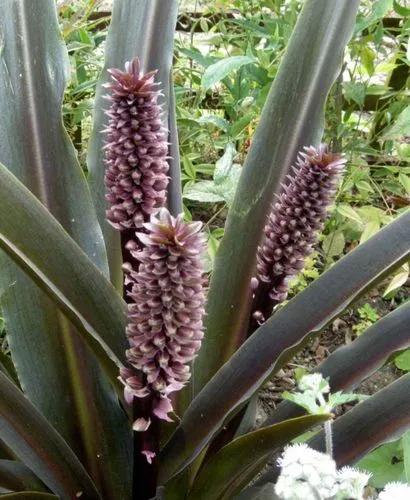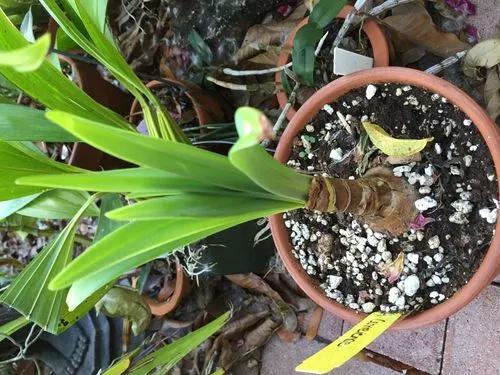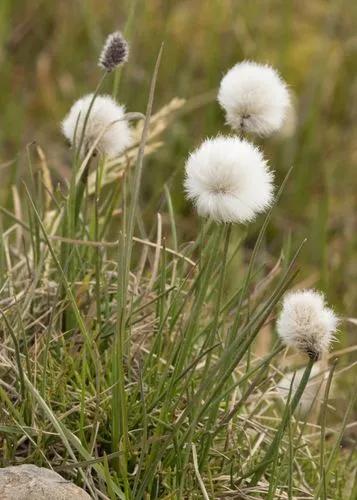Calibrachoa is a genus of plants in the Solanaceae family. They are evergreen short-lived perennials and subshrubs with a sprawling habit, with small petunia-type flowers. It is also known by its common name million bells.
Million Bells Care
Calibrachoa



Calibrachoa comes in a rainbow of colors, in solids and two-tones, stripes, patterns, and stunning double blooms. The compact leaves are oval-shaped and a bit sticky. A classic spiller plant, it has a trailing habit and looks great in hanging baskets, bowls, or mixed containers. It also works well in unusual containers, such as colanders or even plastic laundry baskets. Calibrachoa is a prolific bloomer and produces 1-inch blossoms that resemble tiny petunias. The plant is not hard to care for, but paying attention to its needs will keep it blooming from spring well into fall. While they can be planted in garden beds, they fare much better in containers.
How to Care for the Plant

Water

Calibrachoa plants need to be kept well hydrated but not water-logged. Add water only after the top inch or so of the soil dries out. To check if your plant needs water, stick your finger into the soil up to the second knuckle. If the soil feels dry at your fingertip, water deeply until it drains out of the bottom of your pot. Don’t water again until the soil dries out again.

Fertilizer

This plant is a heavy feeder and needs to be either given a slow-release fertilizer and/or fed a diluted liquid fertilizer regularly. Mix an organic, slow-release fertilizer into your potting medium and then give the plant a diluted liquid every couple of weeks. Be careful not to over-fertilize; follow the directions on the label of the plant food closely.

Sunlight

Calibrachoa plants bloom best with at least six hours of full sun, but they can tolerate partial shade—especially in warmer areas, where plants that get some shade are likelier to survive into the summer months.

Soil

Calibrachoa plants like fast-draining potting soil; make sure your pot has good drainage. When you plant them in garden beds, make sure the soil is well amended with organic material and has good drainage.

Temperature

These plants prefer temperatures between 55 and 65°F.

Container

Choose a container with enough drainage holes.

Popularity

542 people already have this plant 105 people have added this plant to their wishlists
Discover more plants with the list below
Popular articles






